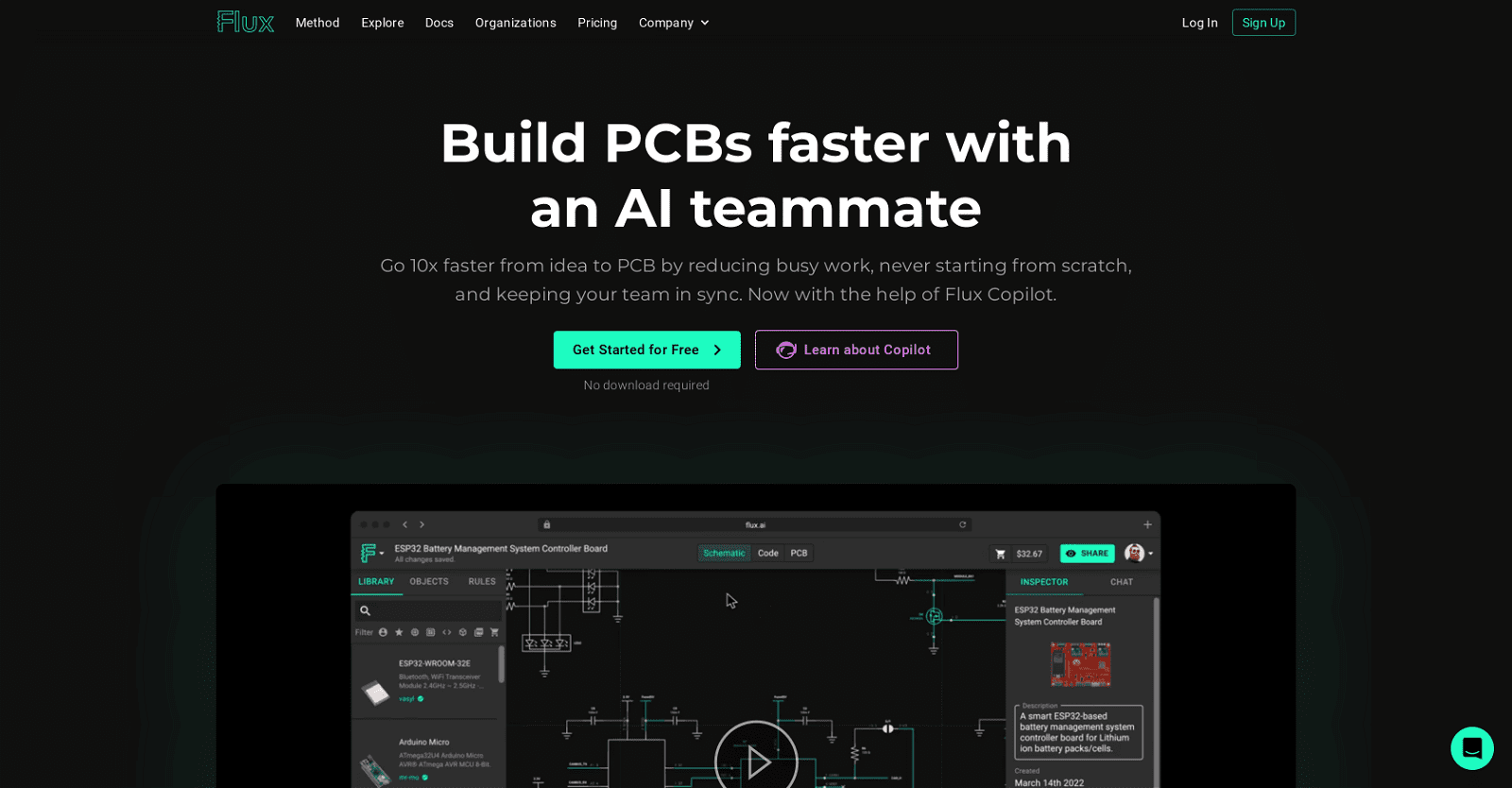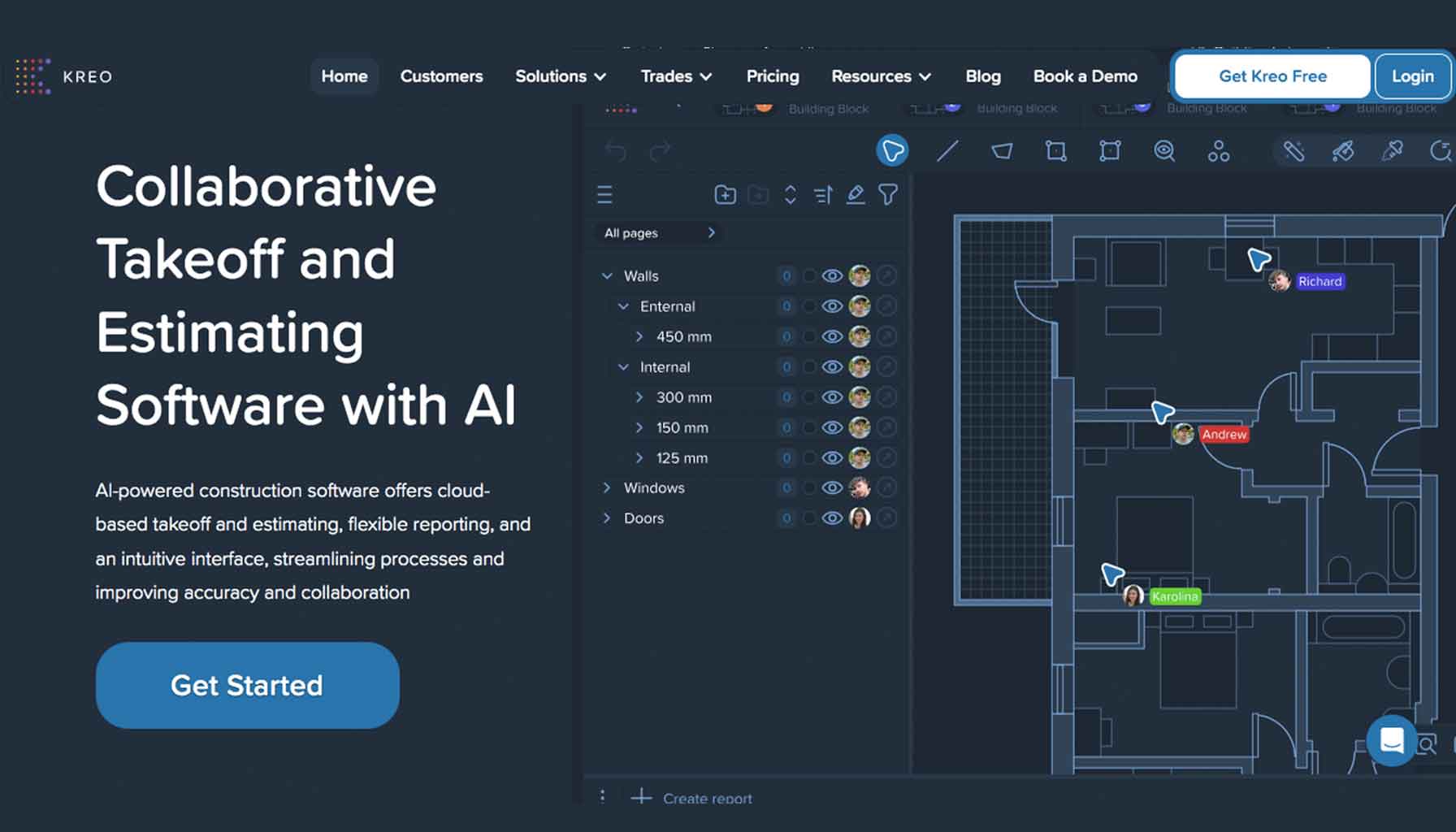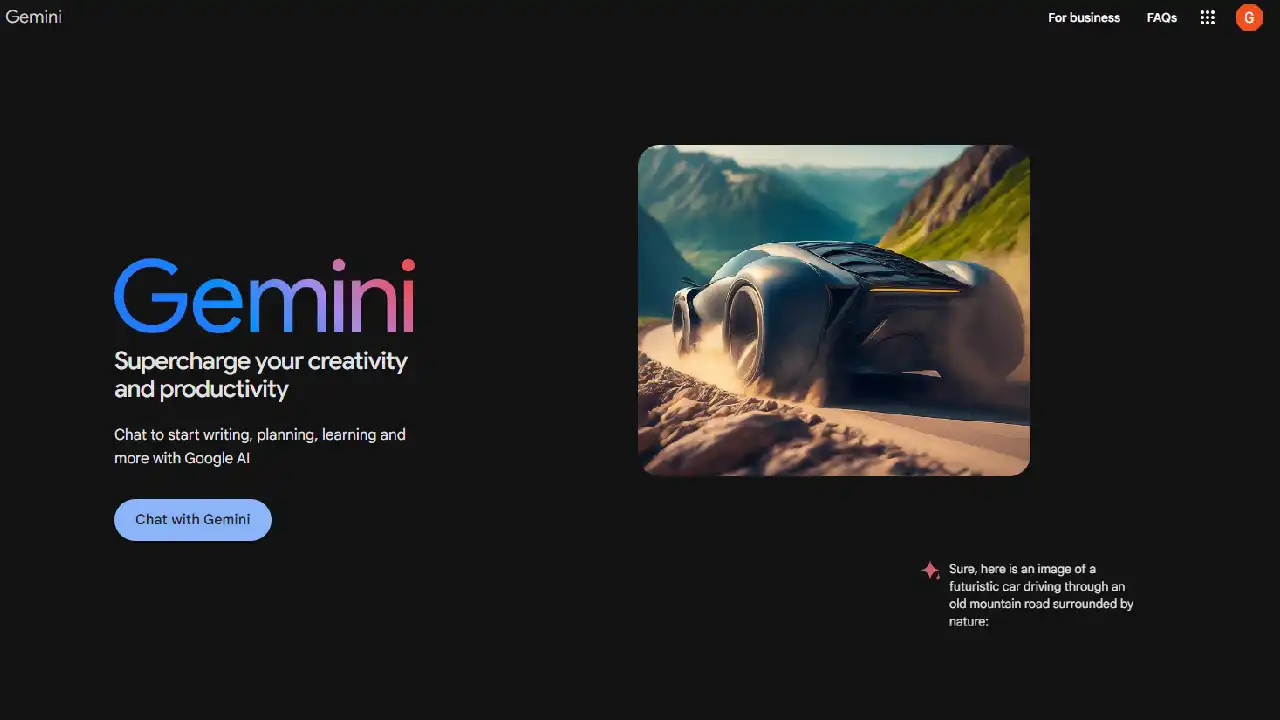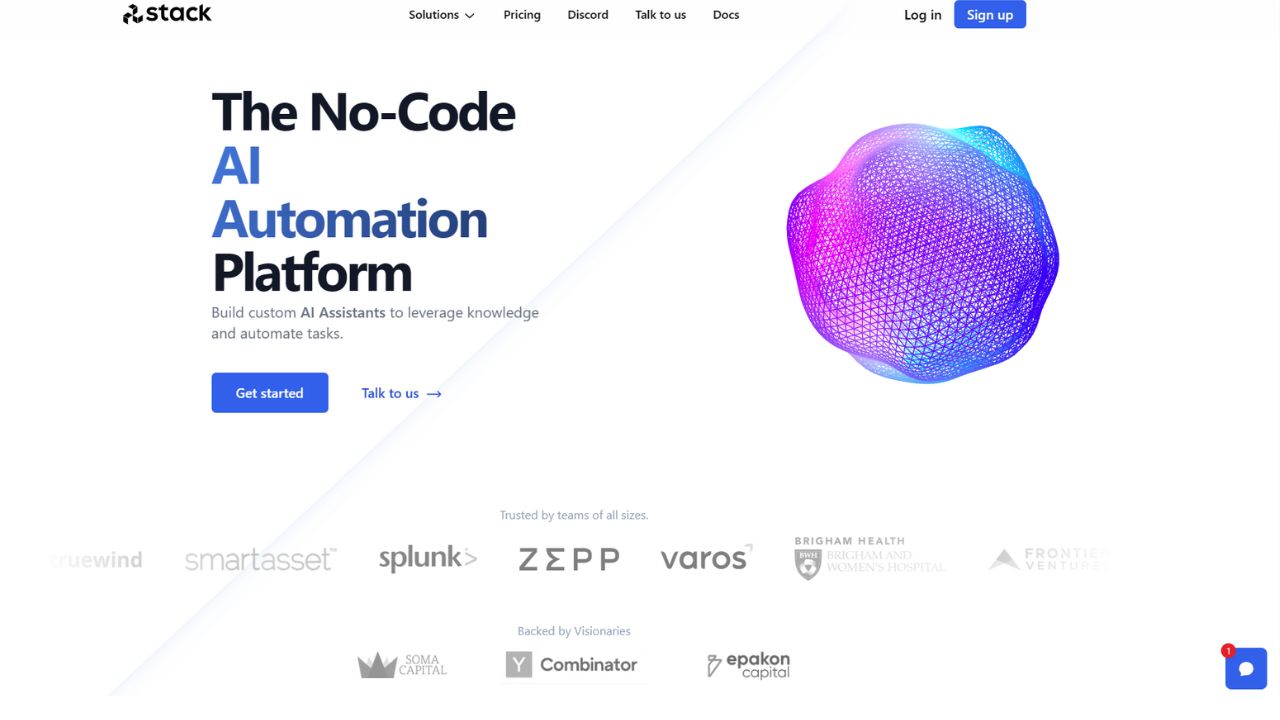Flux introduces a groundbreaking method for constructing Printed Circuit Boards (PCBs) for hardware engineers, significantly streamlining the often cumbersome tasks associated with the process and ensuring team cohesion.
At the heart of Flux’s capabilities lies its AI tool, Copilot, meticulously crafted to expedite the PCB assembly process. Copilot’s functions span from generating innovative solutions and establishing connections in schematic designs to addressing contextual inquiries about specific components.
In addition to Copilot’s support, Flux offers an array of features tailored to accelerate design procedures and minimize redundancies. These encompass the ability to conduct parametric designs for systematic layout adjustments, automated impedance control for precise calculations, and seamless access to real-time pricing and availability data from major distributors like Digi-Key, Mouser, and LCSC.
Facilitating the initiation of new projects, Flux provides an intuitive library teeming with reusable components, projects, and templates, effectively eliminating the need for repetitive creation of commonly-used parts.
The cloud-based library management system obviates the necessity for time-consuming synchronization and updates. Furthermore, Flux simplifies the design review process by furnishing a user-friendly platform for collaboration and feedback akin to the functionality of Google Docs.
Users can assign permissions, capture comments, and engage in asynchronous reviews with their peers. Notably, the platform is accessible via browser or mobile device without requiring any downloads. Flux also encompasses reusable blocks, integrated simulators, and scripting utilities to guide engineers seamlessly from ideation to prototype creation.
An additional advantage is the flexibility to select specific parts later in the design process, mitigating complications in the early stages. Overall, Flux stands as a comprehensive, AI-driven solution renowned for its adept management of PCB manufacturing processes, encompassing design, review, and component selection and management.
More details about FluxAI
How does one manage the Flux library?
The Flux library is managed through a cloud-based system, eliminating the need for laborious syncs and updates. This cloud-based approach simplifies library management, ensuring organization and accessibility.
How does Flux reduce redundancy in the PCB design process?
Flux minimizes redundancy in the PCB design process through various features, including parametric design for systemic layout edits and a comprehensive, user-friendly library. By offering reusable components, projects, and templates, Flux eliminates the need to recreate commonly used parts, thus reducing redundancies.
Does Flux provide a comprehensive and easy-to-use library for starting new projects?
Indeed, Flux offers a comprehensive and user-friendly library for initiating new projects. Filled with reusable components, projects, and templates, this library streamlines the process and alleviates the need for recreating frequently used parts.
Can Flux Copilot make connections in a schematic design?
Absolutely, one of the functionalities of Flux Copilot is making connections in a schematic design. This capability significantly enhances efficiency during the ideation phase of PCB creation, ensuring seamless connectivity within the design.








